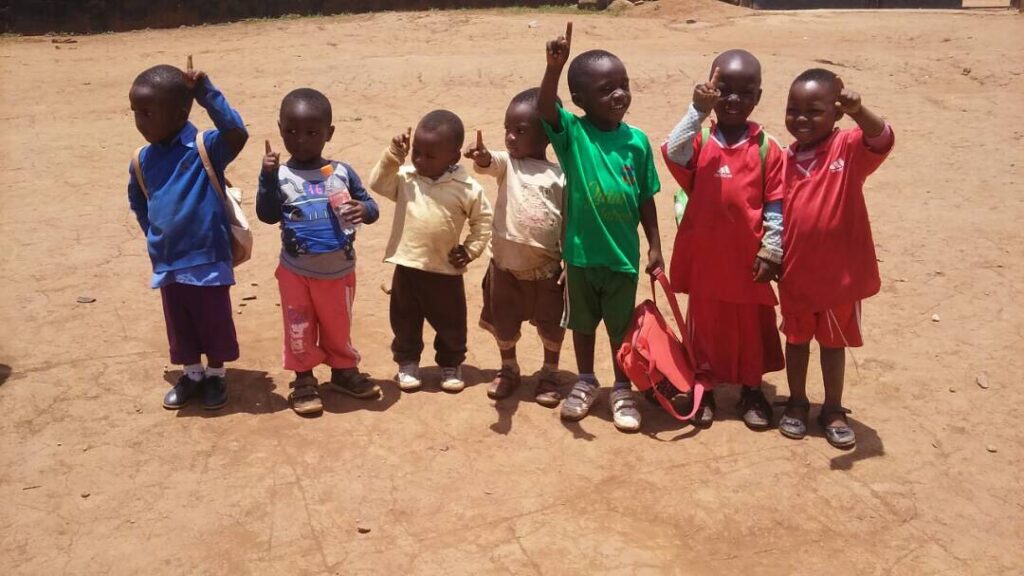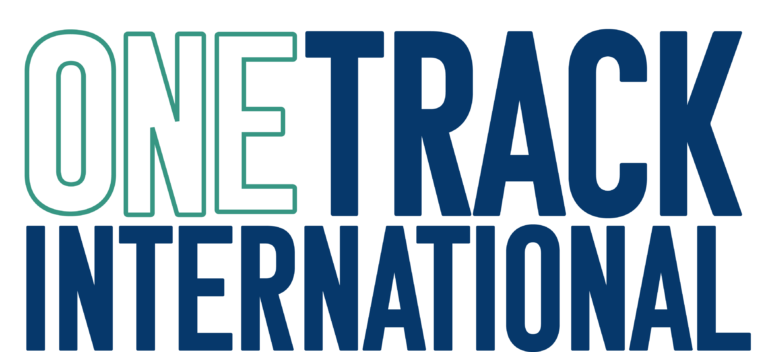Story by Marlee Prather
Vaccinations for children are an important concern around the world. Vaccines have the potential to save millions of lives. At ONETrack International, we ensure the youth in our programs receive life-saving vaccines so that they can grow up to live happy, healthy, and fulfilled lives.
The Office of the High Commissioner for Human Rights released a document titled, “The Right to the Highest Attainable Standard of Health”, which was adopted by the Committee on Economic, Social and Cultural Rights on August 11, 2000. This document goes into detail about health being a fundamental right that every human being should be able to enjoy to the highest attainable standard. Vaccinations for children are a vital aspect of health that all humans should be able to attain with ease.
The U.S. Center for Disease Control and Prevention (CDC) (2019) stated that vaccines are created for the prevention of infectious diseases that kill or harm infants, children, and adults. Without these vaccines, people are at a higher risk of developing serious illness, disability, and even death. Vaccinations are a highly effective and safe way of keeping families healthy (Center for Disease Control and Prevention, 2019).
The World Health Organization (WHO) claimed in 2008 that vaccine-preventable diseases cause 2.5 million deaths per year. Children’s immunizations are important and life-saving, according to researchers Ozawa and Stack (2013). Six life-saving vaccines that are available in 72 low to middle-income countries include the following: pneumococcal disease, Haemophilus influenzae type b (Hib), rotavirus, pertussis, measles, and malaria (Ozawa & Stack, 2013). It is estimated that these six vaccines could save up to 6.4 million lives, as well as prevent around 63,000 children from becoming disabled, and help to avoid 426 million cases of illness.

The CDC (2019) also states that it is important to immunize children early, before they are exposed to potentially harmful diseases. Though children are born with immune systems that fight off most germs, they are exposed to thousands of germs every single day in their environment through food, air, and the many objects they put in their mouths. Some of these germs can cause deadly diseases that their young immune systems are unable to handle, and that is why vaccines are important. Vaccines strengthen the immune system by using a small amount of antigens to help the child’s immune system learn how to recognize the deadly disease and how to fight it off (Center for Disease Control and Prevention, 2019).
Vaccinations are made up of ingredients that all play a necessary role in fighting off diseases. Some ingredients make the vaccine, some trigger the body to develop immunity, and some ensure that the final product is both safe and effective. According to the CDC (2019), some of the ingredients include adjuvants, stabilizers, formaldehyde, and thimerosal. Adjuvants work to boost the response the body has to the vaccine. Stabilizers are used to ensure the vaccine is effective after manufacturing. Formaldehyde is used during the manufacturing process to prevent bacteria from contaminating the vaccine. Formaldehyde is also found in the body naturally. Thimerosal is also used during the manufacturing process, but is no longer used in most vaccines except multi-dose vials of the flu vaccine.
Ozawa and Stack (2013) state that in addition to the health benefits, the economic impact is a compelling aspect of child vaccinations as well. Vaccines save millions of dollars in healthcare spending, as well as give freedom to families by protecting them from potentially crippling medical costs. By avoiding medical bills, families can invest their money elsewhere, such as in education. It is estimated that “between 2011 and 2020, increased rates of vaccination with the six aforementioned vaccines in 72 of the poorest countries could save $6.2 billion in treatment costs and $145 billion ($130–175 billion) in productivity losses” (Ozawa & Stack, 2013). This would not only save families money, but it could also help stimulate economies around the world.
Another reason that Ozawa and Stack (2013) gave for the importance of vaccines is for the protection of the rest of the population. They refer to the “herd immunity” effect which has to do with those in the population who have not been vaccinated being protected from diseases and also receiving other benefits from those who have been vaccinated (Ozawa & Stack, 2013). This is important because it would be impossible for governments to vaccinate everyone; however, if they could reach the amount of people to produce herd immunity, then the whole country would benefit. Furthermore, this helps protect people who cannot receive vaccines, such as infants, the elderly, and people with compromised immune systems. If individuals cannot catch the disease due to vaccines, then this also means they cannot spread the disease to the people around them.
ONETrack International follows the WHO’s Expanded Program on Immunization (EPI) for vaccinations for children. This includes both vaccination recommendations, as well as timeframe recommendations for each child. For example, in Zimbabwe, the children receive the four standard vaccinations, as well as the ones suggested in the Integrated Public Use Microdata Series: The Demographic and Health Surveys (IPUMS DHS) Country-Specific chart. The DHS released by IPUMS are the main sources of health related to developing countries.
The four standard vaccinations are “tuberculosis (BCG) -at birth; diphtheria, tetanus, and pertussis (DPT vaccine) – 6, 10, and 14 weeks; measles – 9 months; and poliomyelitis – 6, 10, and 14 weeks (IPUMS). For Zimbabwe children, the Country-Specific chart includes Inactivated polio vaccine (IPV), hepatitis B vaccine (HepB), Haemophilus influenzae type B vaccine (Hib), Pneumococcal vaccine (Pneum.), rotavirus vaccine (Rota.), measles and rubella vaccine (MR), and measles-containing vaccine second dose (MCV2).
References
Bulletin of the World Health Organization. (2008). Childhood vaccination in Africa and Asia: The effects
of parents’ knowledge and attitudes 86(6) 417-496. https://www.who.int/bulletin/volumes/86/6/07-047159/en/.
Centers for Disease Control and Prevention (CDC). (2019). Vaccines for your children: Making the
vaccine decision. https://www.cdc.gov/vaccines/parents/why-vaccinate/vaccine-decision.html.
Integrated Public Use Microdata Series (IPUMS). Demographic and health surveys. WHO vaccination
and schedules and updates. https://www.idhsdata.org/idhs/vaccines.shtml.
Ozawa, S. & Stack, M. L. (2013, June 3). Public trust and vaccine acceptance-international perspectives.
Human Vaccines & Immunitherapeutics 9(8). https://doi.org/10.4161/hv.24961.
Office of the high commissioner for human rights. (2000, August 11). CESCR General Comment No. 14:
The Right to the Highest Attainable Standard of Health (Art. 12). https://www.refworld.org/pdfid/4538838d0.pdf.


